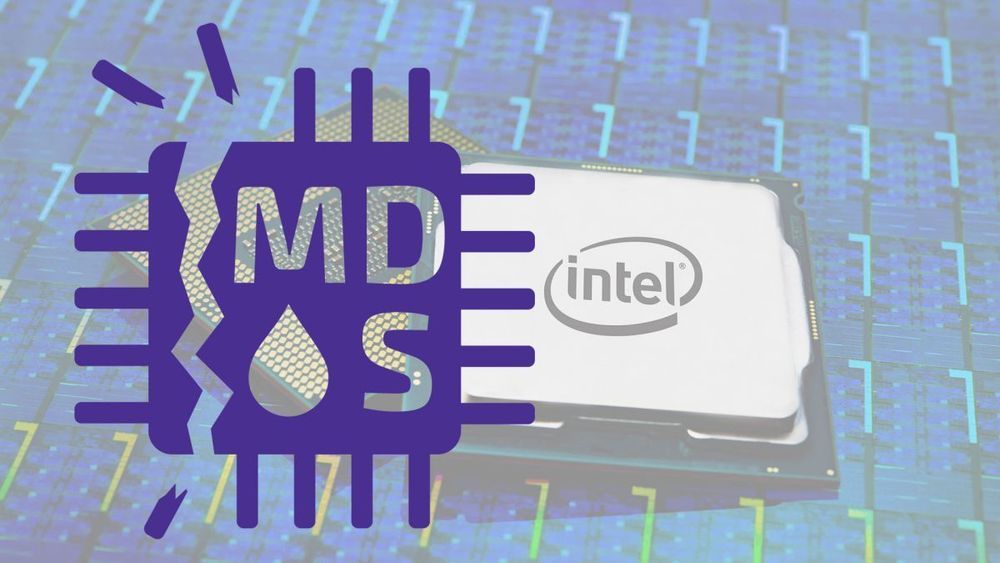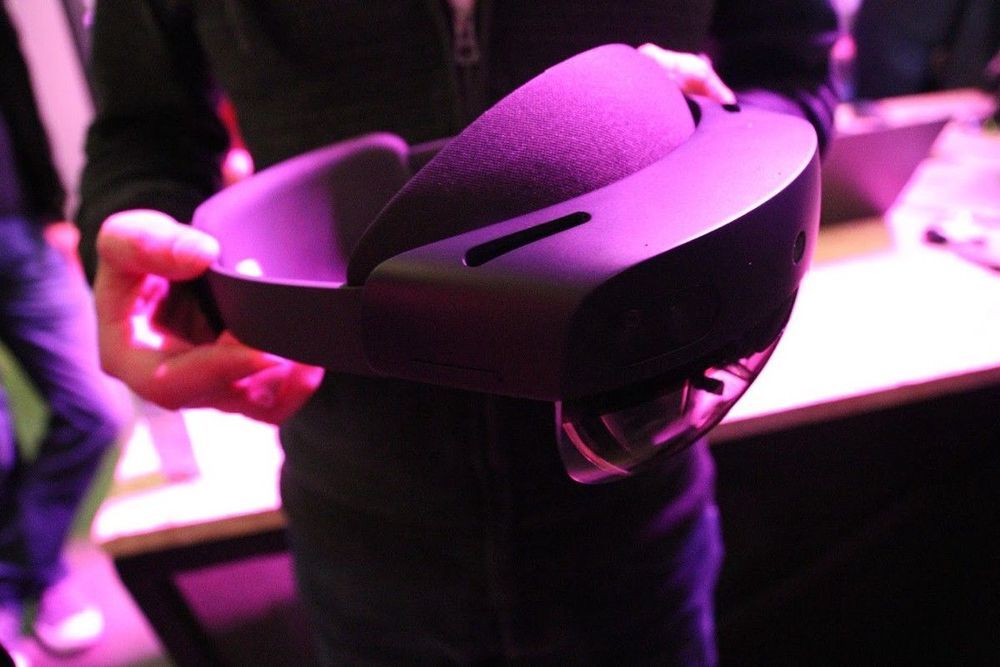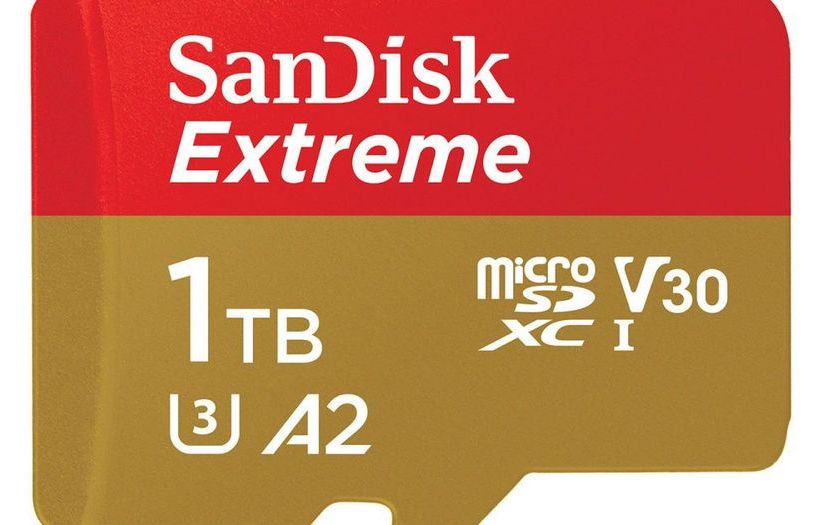Researchers say the new MDS attacks are ‘worse than Spectre.’



Researchers at Pontifical Catholic University of Rio Grande do Sul have recently carried out a study aimed at evaluating people’s perceptions of geometric features, personalities and emotions presented in video sequences with virtual humans. Their study, outlined in a paper pre-published on arXiv, merges computer science tools with psychology research practices.
“Our recent work is part of a larger project in collaboration with the psychology department at our university,” the researchers told TechXplore, via email. “The main idea is to investigate emotions, personalities and cultural aspects detection in pedestrians and crowds from video sequences. In the context of the present paper, this research involving perception comes from the need to know if users can perceive emotions and personalities in virtual characters and if camera’s position or type of character can influence their perception.”
For their experiments, the researchers adapted a dataset that contained tracking files of pedestrians captured in spontaneous videos, changing humans in the footage into identical virtual characters. Their goal was to evaluate whether people who watched the footage could focus on the behavior of the virtual humans in the videos instead of being distracted by other features.



A radically new view articulated now by a number of digital philosophers is that consciousness, quantum computational and non-local in nature, is resolutely computational, and yet, has some “non-computable” properties. Consider this: English language has 26 letters and about 1 million words, so how many books could be possibly written in English? If you are to build a hypothetical computer containing all mass and energy of our Universe and ask it this question, the ultimate computer wouldn’t be able to compute the exact number of all possible combinations of words into meaningful story-lines in billions of years! Another example of non-computability of combinatorics: if you are to be born and live your own life again and again in our Quantum Multiverse, you could live googolplex (10100) lives, but they all would be somewhat different — some of them drastically different from the life you’re living right now, some only slightly — never quite the same, and timeline-indeterminate.
Another kind of non-computability is akin to fuzzy logic but based on pattern recognition. Deeper understanding refers to a situation when a conscious agent gets to perceive numerous patterns in complex environments and analyze that complexity from the multitude of perspectives. That is beautifully encapsulated by Isaiah Berlin’s quote: “To understand is to perceive patterns.” The ability to recognize patterns in chaos is not straightforwardly algorithmic but rather meta-algorithmic and yet, I’d argue, deeply computational. The types of non-computability that I just described may somehow relate to the non-computable element of quantum consciousness to which Penrose refers in his work.


Superfast data processing using light pulses instead of electricity has been created by scientists.
The invention uses magnets to record computer data which consume virtually zero energy, solving the dilemma of how to create faster data processing speeds without the accompanying high energy costs.
Today’s data centre servers consume between 2 to 5% of global electricity consumption, producing heat which in turn requires more power to cool the servers.
Elon Musk’s Neuralink startup raises $39 MILLION as it seeks to develop tech that will connect the human brain with computers…
An Elon Musk-backed startup looking to connect human brains to computers has raised most of its $51 million funding target. According to a report Neuralink has raised $39 million.

The human microbiome, the huge collection of microbes that live inside and on our body, profoundly affects human health and disease. The human gut flora in particular, which harbor the densest number of microbes, not only break down nutrients and release molecules important for our survival but are also key players in the development of many diseases including infections, inflammatory bowel diseases, cancer, metabolic diseases, autoimmune diseases, and neuropsychiatric disorders.
Most of what we know about human–microbiome interactions is based on correlational studies between disease state and bacterial DNA contained in stool samples using genomic or metagenomic analysis. This is because studying direct interactions between the microbiome and intestinal tissue outside the human body represents a formidable challenge, in large part because even commensal bacteria tend to overgrow and kill human cells within a day when grown on culture dishes. Many of the commensal microbes in the intestine are also anaerobic, and so they require very low oxygen conditions to grow which can injure human cells.
A research team at Harvard’s Wyss Institute for Biologically Inspired Engineering led by the Institute’s Founding Director Donald Ingber has developed a solution to this problem using ‘organ-on-a-chip’ (Organ Chip) microfluidic culture technology. His team is now able to culture a stable complex human microbiome in direct contact with a vascularized human intestinal epithelium for at least 5 days in a human Intestine Chip in which an oxygen gradient is established that provides high levels to the endothelium and epithelium while maintaining hypoxic conditions in the intestinal lumen inhabited by the commensal bacteria. Their “anaerobic Intestine Chip” stably maintained a microbial diversity similar to that in human feces over days and a protective physiological barrier that was formed by human intestinal tissue. The study is published in Nature Biomedical Engineering.
